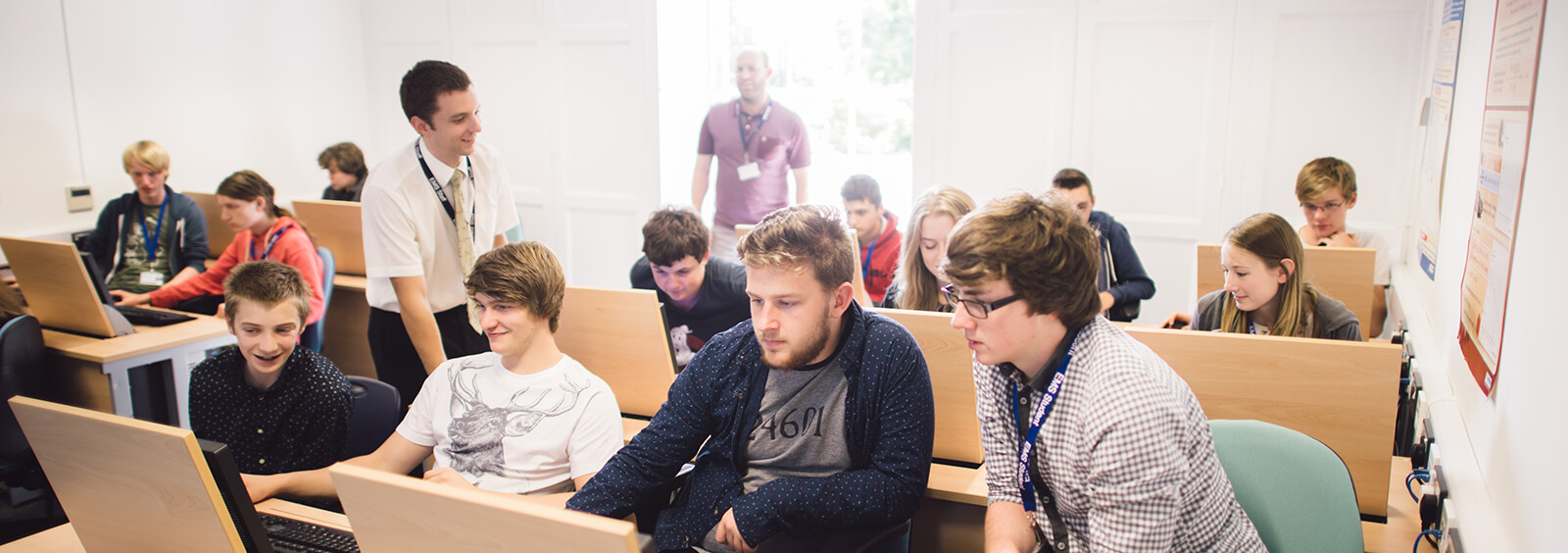Curriculum X
Curriculum X is an eXciting eXtra course for students at EMS which forms a core part of our eXtended curriculum, preparing students for studying at university and beyond. We are able to offer this thanks to the generous sponsorship of XTX Markets – you may be beginning to see where we got the name from!
Curriculum X is formed from multiple modular courses which together aim to:
- be both challenging and engaging
- provide you with a way to develop your knowledge, skills and understanding of the mathematical sciences that goes beyond the confines of A-Level syllabuses
- enable you to explore interesting topics beyond the normal A-level curriculum, feeding your curiosity and expanding your horizons
- ultimately, help prepare you for undergraduate study in the mathematical sciences.
“Curriculum X definitely expands learning at EMS to cover so much that otherwise you wouldn’t get to experience. It also makes your lessons in Y13 much more flexible. You get to choose from lots of different subjects that wouldn’t normally be covered in the curriculum, and at the same time learn like you would at university.”
[Harriet, year 13]
Course Overview
There are courses in each of Mathematics, Physics and Computer Science, many of which have cross-curricular links.
Many courses have been chosen to help you develop an understanding of how the subject develops at undergraduate level and beyond. However, they will cover little of the material typically taught in undergraduate courses as our primary aim is to expose you to the style of thinking that mathematicians and scientists employ beyond A-level.
Other courses will focus on topics which are useful or which delight us; we want to share our enthusiasm with you! Some of these courses will have an emphasis on the best material from the Further Maths modules we are not teaching, whilst others have strong links to other subjects or are studying other topics not met at A-level.
Each course will be taught by an EMS teacher, an EMS alum or a university academic. The style of teaching will vary, but in general will be more like university-style teaching than what you’re used to in normal EMS lessons. Many courses have been organised as a paired lecture and problems class each week.
Recent Courses
Some of the courses will vary each year, whilst others remain core modules. The information below gives you a taste of the type of options on offer for each subject area. Students can elect to study up to six modules (one in the summer term of year 12 and one per half term in the autumn and spring terms of year 13, with a bonus course option in late autumn).

